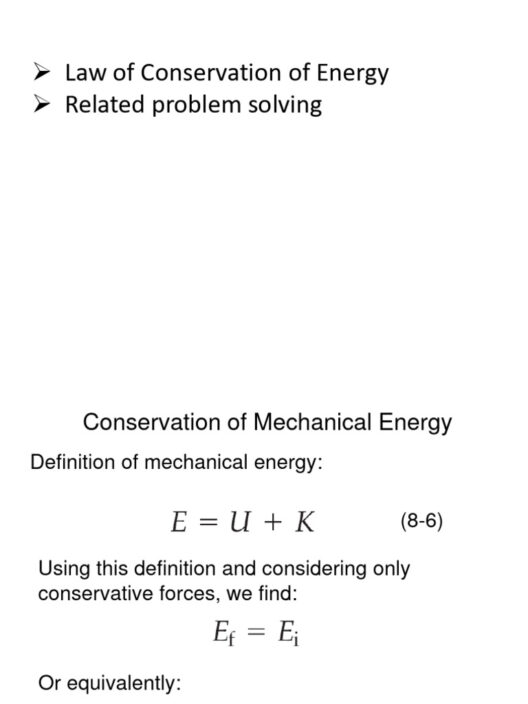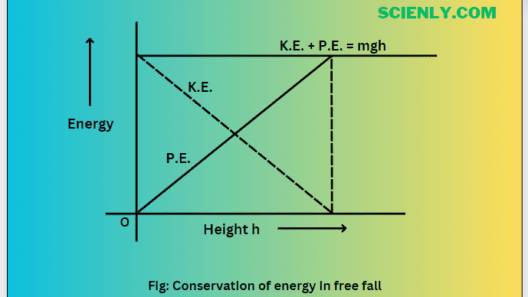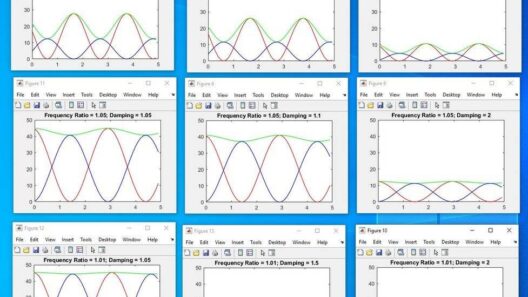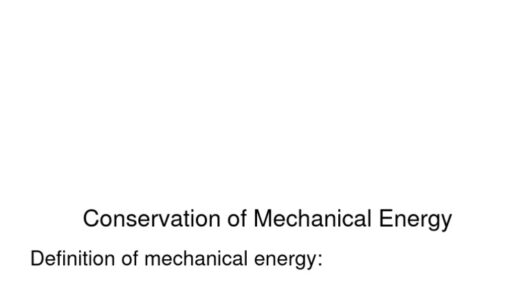Imagine your thermostat as the conductor of an orchestra, deftly orchestrating the symphony of temperature within your home. Each note played corresponds to a different aspect of energy consumption, and when tuned properly, can create harmonies that reverberate through your monthly utility bills. To master this conductor’s baton, one must understand the nuances of temperature regulation, learning not only to adjust the melody of comfort but also to encounter the dissonance of energy waste. This guide unfolds the myriad ways to use your home’s thermostat thoughtfully, enabling both ecological preservation and economic fortification.
At the heart of effective energy management lies the concept of temperature settings. Establishing a baseline temperature when heating or cooling your home is paramount. During winter months, setting your thermostat to a cool 68 degrees Fahrenheit while awake and lowering it while asleep or away can lead to significant reductions in energy expenditure. In summer months, flipping this approach—keeping the thermostat at a warmer level when home and allowing it to soar higher when you’re absent—also serves to conserve energy. Each degree, like an artist’s brushstroke, can profoundly impact your ultimate energy portrait.
Understanding the energy-saving potential of programmable and smart thermostats amplifies your ability to conserve energy. Programmable thermostats allow you to establish a set schedule, adjusting temperatures according to your daily routine. For example, setting the temperature to drop a few degrees during the hours you are out can ease the burden on your HVAC system while still maintaining comfort upon your return. Smart thermostats take this a step further. Equipped with sensors and learning algorithms, they adapt to your habits, optimizing your energy use seamlessly. Installing a smart thermostat might seem like an investment; yet, it is one that pays dividends in reduced energy bills and enhanced comfort.
The journey toward energy efficiency doesn’t stop at mere adjustments; it is essential to consider external influences. Consider your home as a living entity—it breathes, absorbs, and releases energy through its walls, windows, and doors. Insulation plays a critical role in maintaining temperature equilibrium. Poor insulation allows precious conditioned air to escape, prompting your thermostat to work overtime. Ensuring that your dwelling is adequately insulated will, in turn, allow your thermostat to maintain the desired temperature with remarkable efficiency. If your insulation is inadequate, weatherstripping or caulking leaks can serve as an effective bandage for your home’s energy wounds.
Understanding zoning is another intricate layer to your thermostat mastery. If your domicile comprises multiple rooms, consider zoning systems that allow for localized temperature control. This ensures that warming or cooling is concentrated in occupied areas rather than extending energy to empty rooms. For instance, if you tend to spend most evenings in the living room while your bedrooms remain untouched, you can adjust the temperature accordingly, maximizing comfort while minimizing waste.
The placement of the thermostat itself is crucial in optimizing its performance. Undoubtedly, a thermostat placed near a heat source— like a sunny window or heating vent— will generate inaccurate readings, causing it to work harder than necessary. Ideally, place your thermostat in a central area, away from direct sunlight and drafts. Such strategic positioning guarantees that it accurately reflects the temperature of the space it governs, ensuring effective regulation.
Utilizing fans in conjunction with your thermostat can also facilitate energy efficiency. During summer months, ceiling fans can create a wind-chill effect that makes a room feel significantly cooler than it is. By raising the thermostat by a few degrees and allowing fans to circulate air, you can achieve comfort while consuming less energy. In the winter, ceiling fans adjusted to rotate clockwise can redistribute warm air trapped near ceilings, allowing for greater warmth at lower thermostat settings. This dual approach reduces the need for excessive heating and cooling, crafting an efficient environment year-round.
Regular maintenance of your heating and cooling systems cannot be understated. A well-maintained furnace or air conditioning unit operates more efficiently, using less energy to achieve your desired comfort. Change filters regularly, and schedule routine service checks to keep your systems running smoothly. Like a well-tended garden, your HVAC system thrives when given the care it requires, ultimately leading to reduced operational costs.
Additionally, consider taking advantage of energy-saving programs offered by your utility company. Many utility providers incentivize energy-efficient upgrades with rebates or discounted rates. Participating in such programs not only eases the financial burden of transitioning to modern, efficient technology, but also aligns your home practices with larger energy conservation efforts, fostering a sense of community responsibility.
In conclusion, your thermostat is much more than a simple device; it is a vital instrument in the symphony of energy conservation. By understanding its intricacies, leveraging technology, and appreciating the environmental factors at play within and around your home, you position yourself as an active participant in the global push for sustainability. Through mindful management of your thermostat and the thoughtful application of best practices, you are not merely reducing energy costs; you are contributing to the larger narrative of conservation, leaving a legacy of responsible stewardship for future generations. Embrace the conductor’s role, and let the harmonious sound of energy efficiency resonate through your home.








